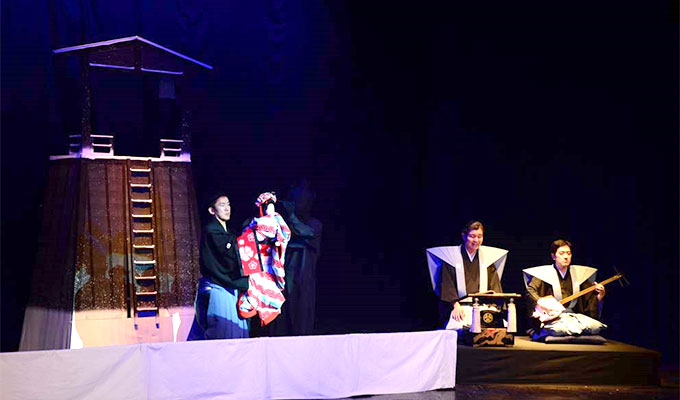The Japan Foundation Centre for Cultural Exchange in Viet Nam recently presented performances of traditional Japanese puppetry in Ha Noi and Ho Chi Minh City. The performances, hosted by the Bunraku Company from Osaka, aim to mark the 45th anniversary of the Viet Nam-Japan diplomatic ties.

Together with Noh and Kabuki theatres, Japanese puppetry is one of Japan’s most ancient art forms involving puppets and music.
A similar performance was conducted in Hanoi in 2014. It marked the first time Japanese puppetry had ever been introduced to Viet Nam, a country that shares cultural similarity with Japan.
This year, two performances were held in Ho Chi Minh City and two in Ha Noi.
Jun Kawai, Deputy Director of the Japan Foundation Centre for Cultural Exchange in Viet Nam said: "We want to bring Japanese 300-year-old traditional art form to Viet Nam so you have better insight of it. Both Viet Nam and Japan have the puppet performance. However, Japanese puppetry involves other factors, such as Shamisen player, a story teller and three puppet performers."
The performances feature historical plays set in feudal times, known as Jidaimono, as well as contemporary dramas exploring the conflicts triggered by social obligations, also called Sewamono.
Around 160 works out of the 700 plays written during the Edo period are used today.
Audiences in the Ho Chi Minh University of Theatre and Cinema were impressed with the performance of the Red-Hot Love of the Greengrocer’s Daughter.